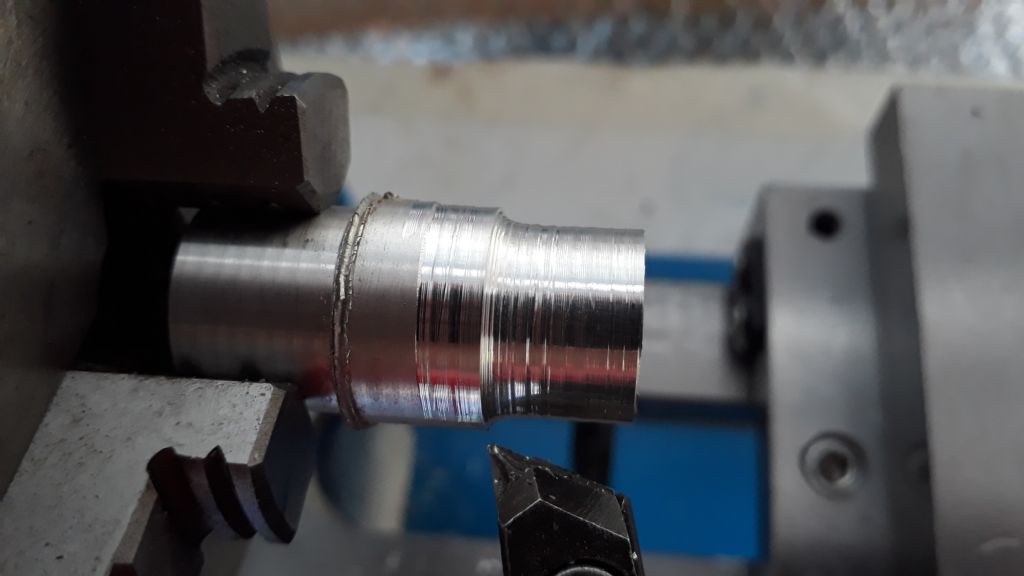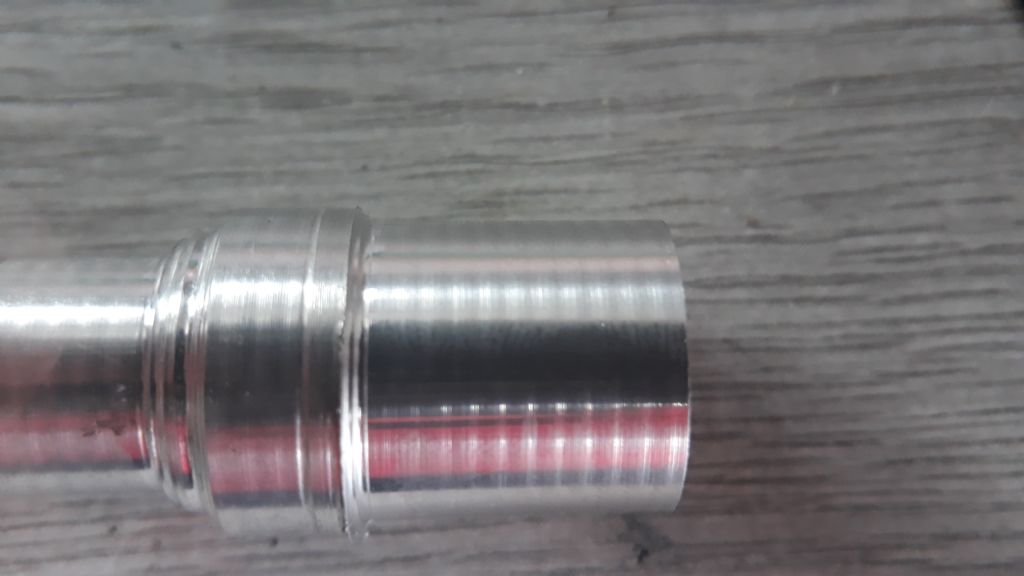What lathe are you using? Knowing this will help.
Were you using the Leadscrew to provide the power traverse, or the Rack and Pinion?
If the machine is what is normally meant by "mini lathe" then the power traverse will be provided by the Leadscrew, there being no other form of power to the Saddle.
If the Forward / Neutral /Rreverse selector for the feed fully engaged? The spring loaded handle should engage with one of three indents, to lock it in the Forward / Neutral / Reverse position.:
Being a mini lathe, it is likely that the gears are plastic, rather than metal. Are all the teeth intact? One or damaged or missing teeth on one or more of the gears may the problem.
If this is the case, replacement gears should be available from one of the importers.
If this is the case, you MUST specify the machine, since some machines use 3mm keys and keyways, whilst others use 4mm, and the bore may be different.
This assumes that the gears are all correctly meshed. Firstly, the banjo should be set so that the gears are correctly meshed. Normally it should just be possible for the gears to rotate with a piece of paper passing through where each pair mesh. Excessive backlash may allow the gears to "slip". This is likely to damage both the gears.
If the pinion is "slipping" on the rack, presumably, you cannot apply the feed by moving the Saddle with the Handwheel. If this is the case then the Pinion is probably not engaging the Rack properly, or the gears within the saddle are damaged (probably missing teeth) but less likely since these are usually metal.
If the saddle moves using the Handwheel, but "slips" under power traverse via the Leadscrew, then either the Half Nuts are closing completely, for some reason, or there is a problem in the gear train driving the Leadscrew. The half nuts may be damaged, in which case they will, need to be replaced. Again, it is presumed that the le3adscrew is clean and not clogged with swarf, which would prevent proper engagement of the half nuts.
When the "slip" occurs, does the Leadscrew stop rotating? If so, the problem lies in the drive to the Leadscrew.
There should be a key in the Gear providing the drive to the Leadscrew.
All the gears should have full face engagement. If not, then it is possible that a spacer is missing, allowing a gear to move endways and disengage.
There should be a key uniting the gears in any compound gear gear in the gear train.
The tumbler reverse gears under the mandrel should be engaging fully, whichever direction is selected, and be intact and undamaged .
The Pinion on the Mandrel should have a key, so that the drive is taken positively, without slipping.
Hope that this is helpful in finding the source of the problem.
Howard
Howard Lewis.









